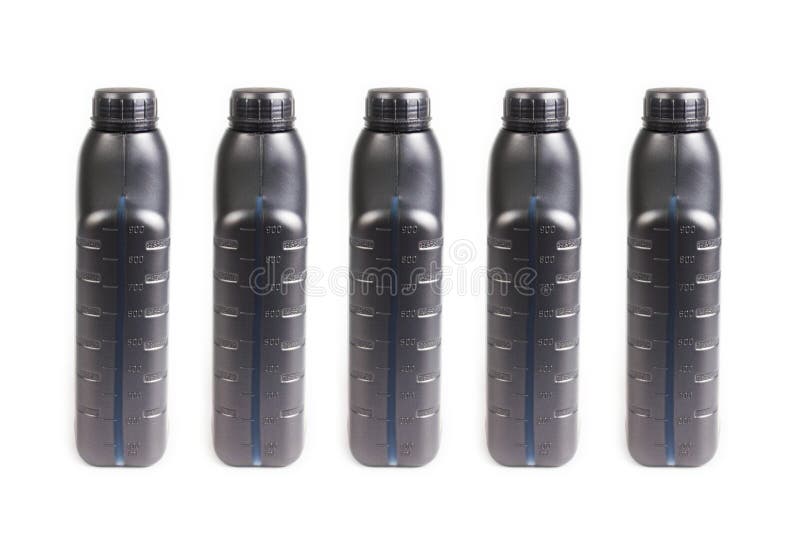


It caused one person who didn’t have monkeypox to get a positive result and - more concerning for public health - one person who did have monkeypox to get a negative result. It wasn’t just a paperwork error, though. It turned out that Idaho’s state lab had inadvertently swapped the two patients’ samples. The CDC had received samples from the same patients, to confirm the state lab’s results - but those samples and test results didn’t match. The lab processed the monkeypox tests and sent out results.įour days later, the state lab got a query from the Centers for Disease Control and Prevention. Health care providers in two different parts of the state had swabbed their patients to test for suspected monkeypox infections. Two samples arrived last Thursday at the Idaho Bureau of Laboratories. Here’s how it happened.īy Audrey Dutton, Idaho Capital Sun August 4, 2022 Here’s how it happened.ĪugIdaho’s state lab mixed up monkeypox tests. Idaho’s state lab mixed up monkeypox tests. “Because we get so few samples in our high containment lab,” there weren’t many tests where a mixup was even possible, he said, but a review of those tests found “no evidence to suggest” this ever happened before. What about earlier samples? Has this ever happened before, and the CDC or the state lab just didn’t catch the error?īall said that was part of the investigation. “How they’re handled is the measure of the staff we have here.” “Mistakes, unfortunately, are part of the laboratory business,” Ball told the Idaho Statesman in an interview about the error.

(NHS England High Consequence Infectious Diseases Network/CDC)īall said the staff quickly came up with a simple solution to prevent a problem of this magnitude in the future: make an extra copy of the paperwork that can be thrown away, so it can go into the containment area alongside the test specimen. Still, a patient with monkeypox may have spent four days believing they didn’t have an infectious disease. The laboratory corrected the test results and sent them out immediately, he said. “How my staff handled it, as soon as they were alerted to a problem (by the CDC on Monday), they immediately notified me.” “We all felt pretty foolish once we saw the error of our ways,” Ball said. One label stays with the paperwork one goes with the specimen.īefore the current monkeypox outbreak, the lab rarely needed to test more than one patient’s sample a day in the containment area, Ball said, so there were few situations where labels could be mixed up between two samples.īut on Thursday, the lab received two samples, and that’s just what happened. So when the laboratory received a potentially infectious sample, an employee would take the specimen into the containment area and leave the paperwork behind in the lab, so it wouldn’t have to be destroyed.Įach sample comes with two labels that identify the patient. There’s an important rule for the containment area: Objects that go in do not come out. It also has a high-containment area, where scientists can safely run tests for things like monkeypox without contaminating the rest of the lab. It has been the starting place for much of the pandemic’s COVID-19 testing advancements. The laboratory is one of Idaho’s largest and most capable of running complex tests. reporting the largest number of any country.Ĭhristopher Ball, director of the Idaho Bureau of Laboratories, told the Capital Sun on Tuesday afternoon what went wrong and what the laboratory is doing to prevent future errors. More than 26,000 cases are reported worldwide, with the U.S. Idaho’s first case was confirmed nearly a month ago.Īt least 500 vaccine doses have been provided to Idaho and distributed to public health districts. 3.Īt least six of those cases are in Idaho, according to state and local public health agencies. The CDC reports 6,617 confirmed cases of monkeypox in the U.S., as of Aug.


 0 kommentar(er)
0 kommentar(er)
